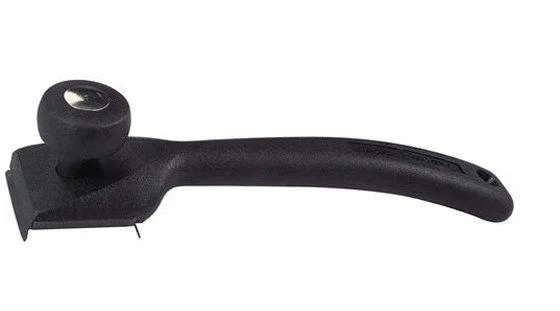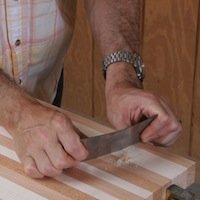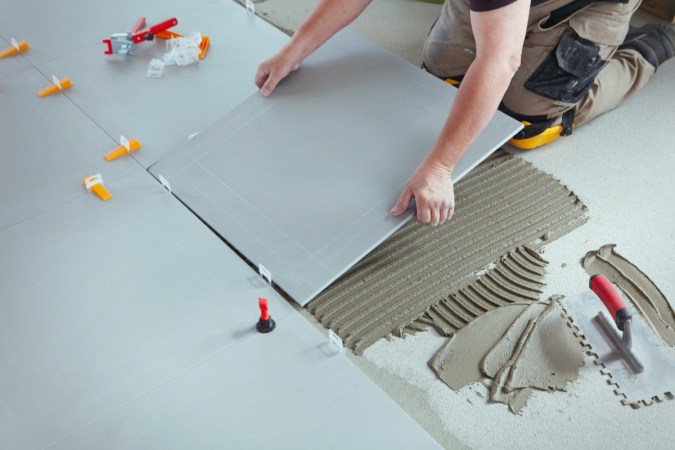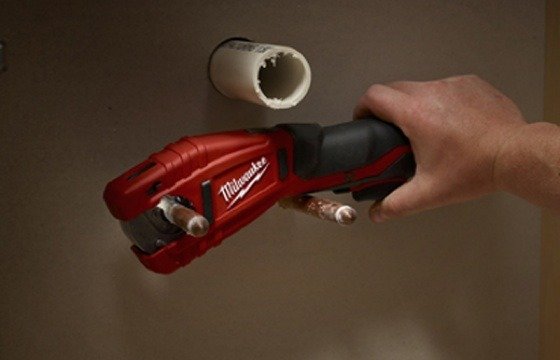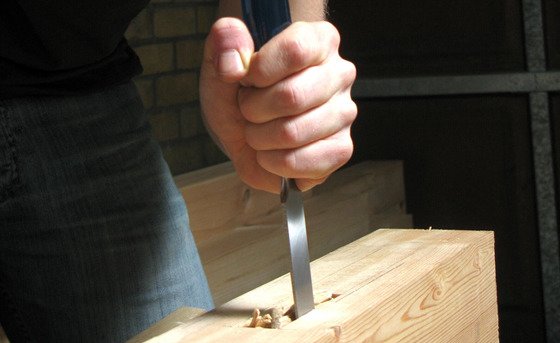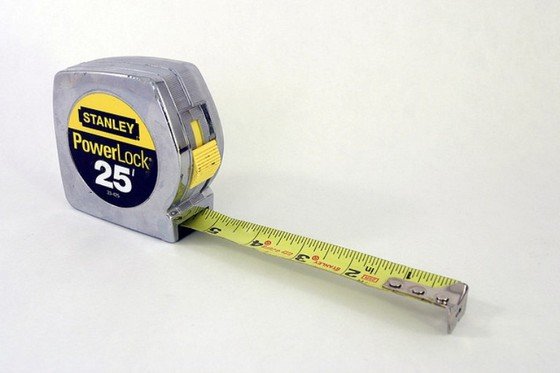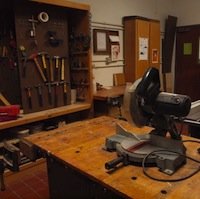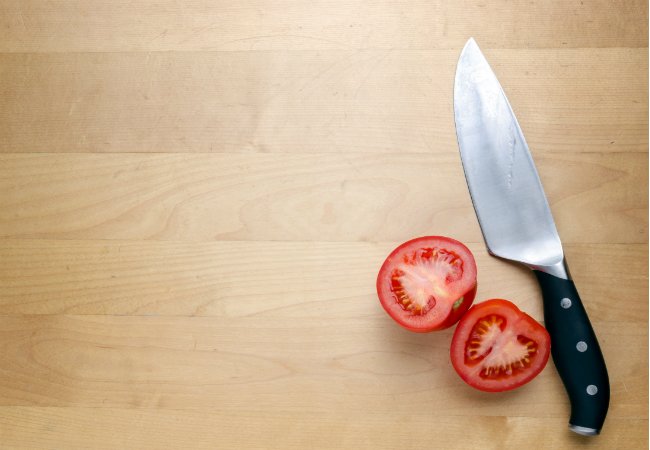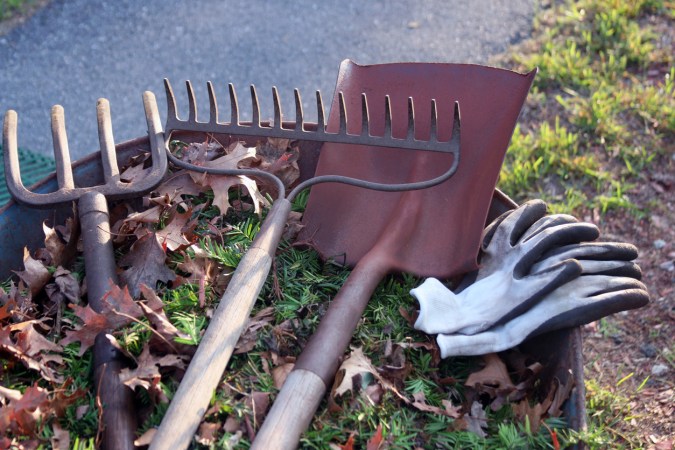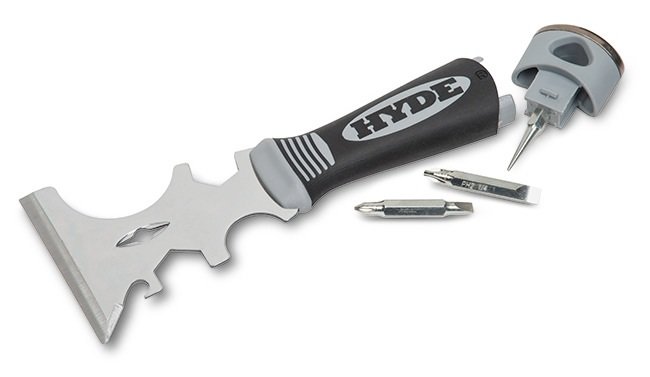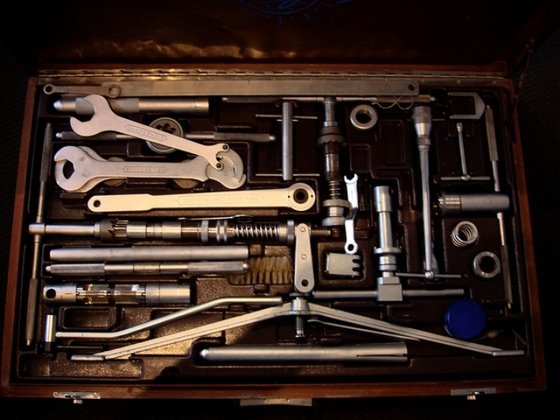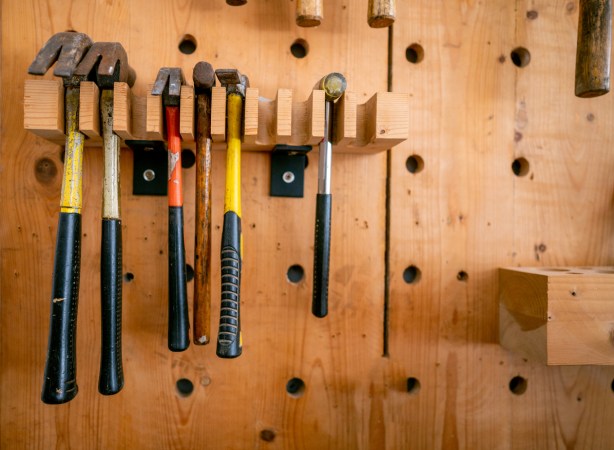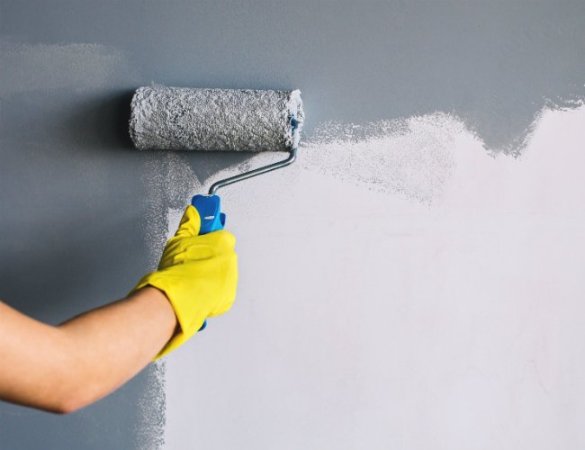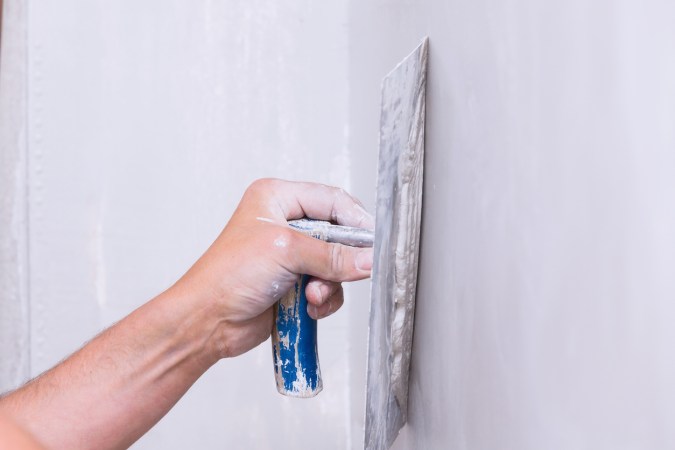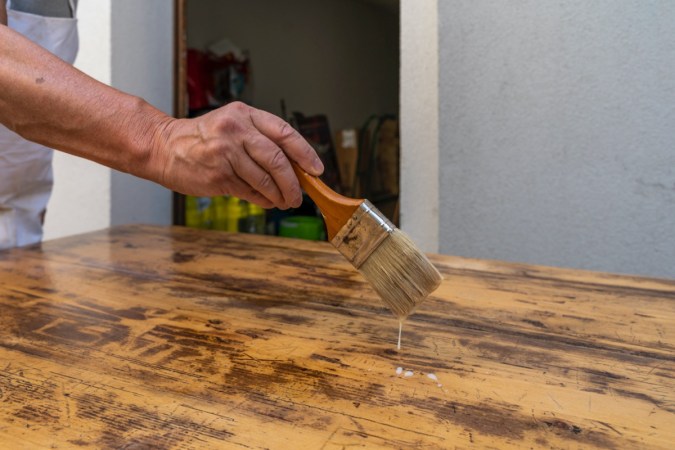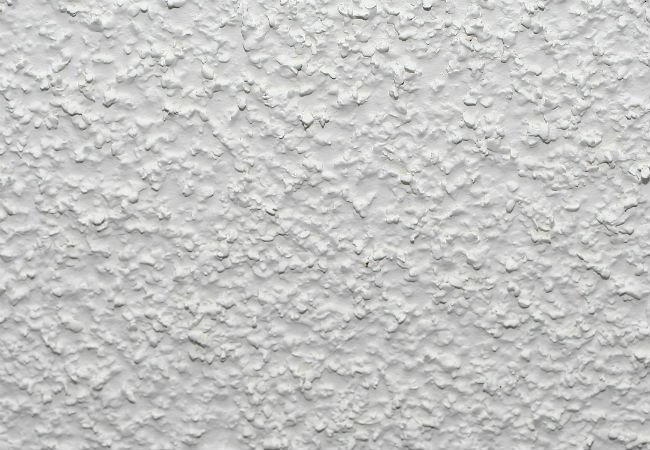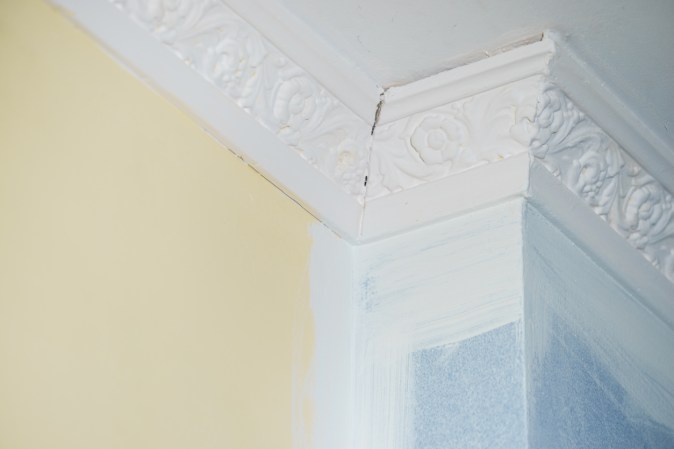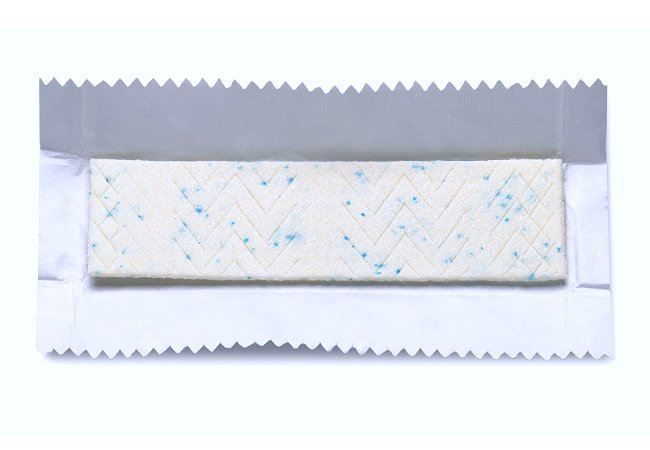We may earn revenue from the products available on this page and participate in affiliate programs. Learn More ›
I’ve lumped together, under a single heading, a family of tools that are used to perform many tasks. They resemble one another in that they have flat blades mounted on handles, but differ in that some are light and flexible, others stiffer and heavier. The edges of blades vary, too, in the degree to which they are sharpened.
In a sense, the patriarch of this particular family is the hand scraper, which is a sort of simplified plane. Both the hand scraper and the plane are used to smooth surfaces, removing thin shavings. In cabinet and other fine finish work, the hand scraper—a flat piece of sheet metal also called a cabinet scraper—is an essential tool, but it is used almost exclusively in the workshop. For the purposes of this article, we’ll consider its more rough-and-ready relation, the tool generically known as the paint scraper. As its name suggests, it’s a scraper, too, used to remove old paint.
Paint Scraper. The tool has a flat steel blade and a handle of wood, plastic, or metal. Its uses are many, among them removing wallpaper or paint after they’ve been softened with heat, and it can be wielded in a grip similar to that you use to hold a screwdriver. The blade is used at a shallow angle to the surface being stripped, and the paper, paint, or other material peels up as the blade is advanced.
Another way to use the paint scraper that is particularly useful when scraping a wood surface is by gripping the blade with both hands, pinching it between the middle and forefingers and thumb of each hand. Bow the blade a little with the pressure of your thumbs to prevent the corners from digging into the wood. Angle it slightly away from you, and push the scraper across the surface. Scrape with the grain.
This is a tool that becomes easier to use with practice, so you may want to experiment and master the technique before trying to strip a piece that will end up at front and center in your home.
Putty and Filling Knives. At first glance, it’s easy to confuse the putty knife with a narrow paint scraper. The difference is only a matter of weight: The lighter putty knife flexes more easily than the paint scraper. It’s better suited to apply such thick or pasty materials as glazing compound, spackle, or other fillers.
Wider versions of this knife are often sold as a filling knife, and these tools can be purchased in a number of different widths, from one to four inches. These knives are a near relation to the wallboard knives used in applying the plaster-like joint compound.
Hook Scraper. This tool looks like the runt of the litter, but it belongs here, too. Its handle is long, intended to be grasped with two hands, allowing for considerable weight and leverage to be put upon the blade. The blade is mounted at the end of the handle at almost a ninety-degree angle. The blade is also reversible. The hook scraper can be purchased with longer or shorter handles, and blades between one and a half and two and a half inches.
The hook scraper is designed for the most challenging scraping jobs, like removing stubborn paint from old floors.
Razor-Blade Scraper. This small, inexpensive tool is really handy for scraping paint off windows, cleaning tile, and scraping other hard surfaces. It consists of a flat housing designed to hold a single-edged razor blade; most models are designed so that the blade can be safely retracted into the body of the tool for safe storage. Changing blades when they get dull is an easy matter of sliding the old one out and slipping a new one in.
I’d suggest two cautions regarding this tool. For one, don’t ask it to do heavy-duty jobs for which it was not intended. Razor blades are thin and brittle and the handle is not designed to hold them so that a great deal of force can be used.
The second warning applies to all the scrapers: Remember, they are sharp, bladed tools which, to varying degrees, are capable of cutting and scraping flesh as well as paper, paint, and other materials. Use them with care and store them properly to prevent accidents.

